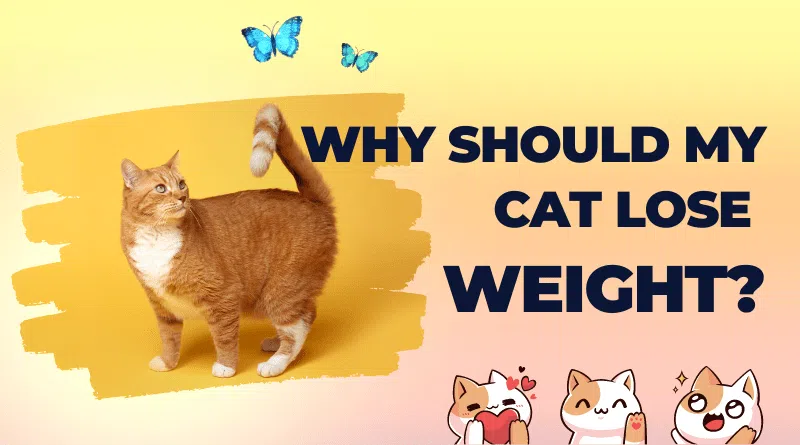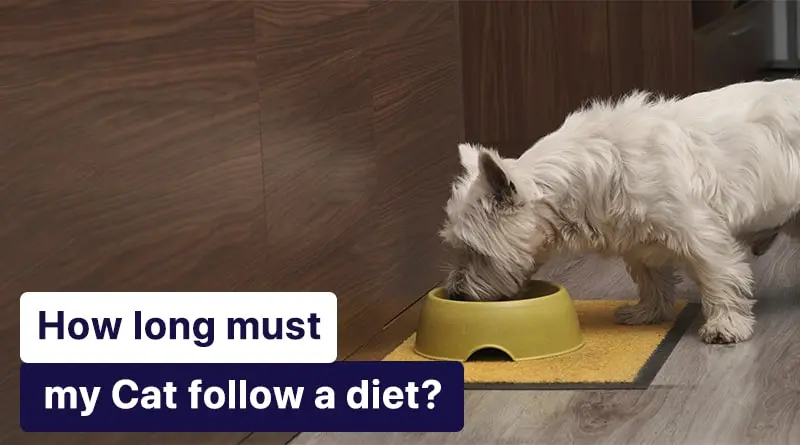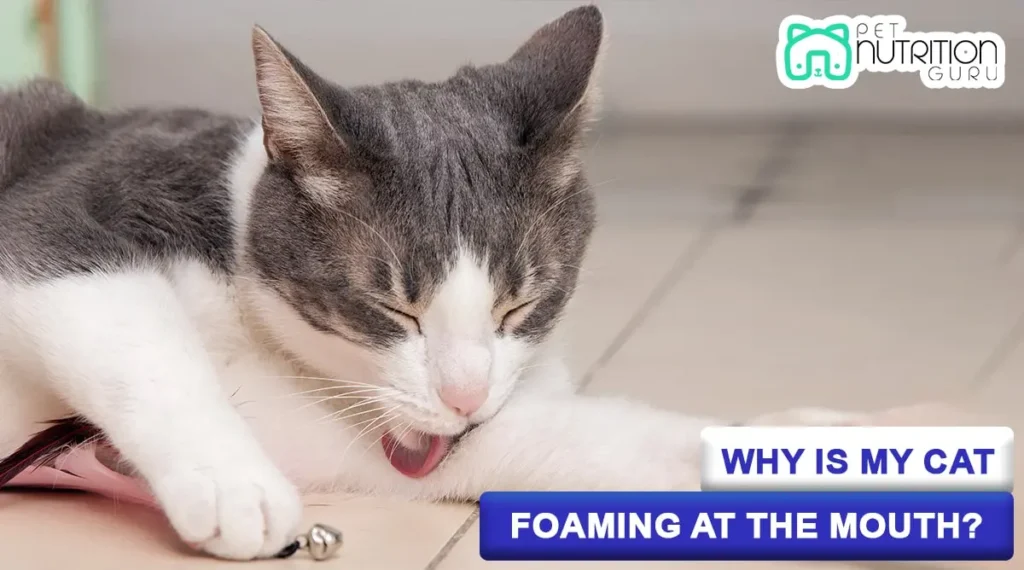As a pet nutritionist, I understand the importance of making quality content that is informative and engaging. Today, we will discuss a popular topic among cat owners: – Cat Diet Plan for weight loss. (to confirm, I’m not Certified yet.)
Best Cat Diet Plan for Weight Loss in 2024

There are several facets to consider regarding a Cat Diet Plan for weight loss. To start, it’s crucial to choose premium, calorie-efficient cat food. Choose cat food alternatives made with premium ingredients and specially formulated for weight loss.
The calories in these cat foods are Frequently reduced while Still giving your Cat the essential nutrients. Keeping the path of your Cat’s portion amounts is also necessary. Overfeeding is a typical reason for feline obesity. Always measure out your Cat’s food and follow the prescribed portion amounts.
Moreover, feed your Cat smaller, more frequent meals throughout the day. This can boost your Cat’s metabolism and protect him from overeating.
Exercise is another essential part of a cat’s weight loss regimen. Toys and scratching posts might help your Cat become more active. You may also try interactive toys with your Cat or take your Cat on a walk (with a leash, of course!).
Physical Exercise can help your Cat burn more calories and preserve a healthy weight.
Here is the Most Popular Question: “Can Cats Eat Mochi?“
Why should my Cat weight loss?

Your Feline friend should be active and generally fit. That’s why you must start weight loss plans to maintain your Fitness.
The following are some key reasons why maintaining a healthy weight is vital for your feline friend:
1. Preventing Health Issues:
Overweight cats are more susceptible to severe illnesses, such as Diabetes, Arthritis, Heart and Liver disease. These illnesses can significantly affect a Cat’s quality of life and potentially endanger its life.
2. Increasing Life Expectancy:
Maintaining a healthy weight can help extend a cat’s life. Cats that are overweight are at higher risk for health problems.
3. Reducing Veterinary Costs:
Maintaining a healthy weight for your Cat can lower the likelihood that weight-related medical problems will result in high veterinary costs.
Before health care spending, Energy helps you avoid future high Medical Costs for your Cat.
Here is the Most Popular Question: “Can Cats have McDonald’s Fries?”
How should I start a Cat Weight Loss Schedule?

A vet must assess a Cat’s weight, body condition score, and health before creating a weight loss timetable. Use high-quality, low-calorie cat food specifically designed for weight loss.
Measure the quantity of food served to ensure your Cat gets enough calories.
Cats should be encouraged to stay active with toys and scratching posts. It is essential to regularly check weight status to ensure safe and gentle weight loss.
If you use the suitable method, your cat can improve its quality of life and gain a healthy weight.
Here is the more popular Question: “Do Cats Get Depressed after Abortion?“
What should I feed my Feline to help it lose weight?
The quantity of food you should give your Cat to Encourage weight reduction may vary depending on their specific requirements, including their current weight, physical condition, and degree of activity.
Feeding your Cat 80% of what they now eat is generally advised to encourage weight reduction.
Your veterinarian may provide precise advice on your Cat Weight Loss program, including the recommended food intake and feeding regimen.
They could also suggest a prescription Cat Diet Plan for losing weight designed to do so while still giving your Cat the vital nutrition it requires.
What makes Veterinary Cat Weight Loss Diets?

Here are some bullet points:
- Veterinary weight reduction meals are created to Assist cats in shedding pounds while supplying Vital Nutrients.
- Maintaining muscle mass while decreasing weight is made more accessible by high protein consumption.
- The high fiber content aids in promoting regular bowel motions and regulating digestion.
- Veterinarian diets for losing weight include all the vital elements cats require for optimal health, making them nutritionally balanced.
- Recommended by vets who can determine your Cat’s specific requirements and keep track of their development.
Here is the Most Popular Question: “Why is My Cat Foaming at the Mouth?”
How quickly should I Introduce the new Reducing Cat Diet Plan?
When introducing a new reduced diet to your Cat, it’s essential to do so slowly to avoid digestive upset or refusal to eat. A sudden change in Diet can cause diarrhea, vomiting, and other harmful diseases.
Introducing a new diet should take place over 7-10 days, slowly raising the new Diet’s amount while reducing the old food’s amount. Here are the steps you can follow:
- Start by mixing a small amount of the new reducing Diet with your Cat’s current food, gradually increasing the amount of new food over 3-4 days.
- By days 5-7, your Cat should eat about 50% of the new reducing Diet mixed with 50% of their old food.
- By days 8-10, your Cat should eat about 75% of the new reducing Diet mixed with 25% of their old food.
- On day 11, your Cat should only eat the new reduced Diet.
Ways to Encourage Cat Exercise
Sure, here are some bullet points:
- Interactive toys
- Cat trees and scratching posts
- Catnip
- Scheduled playtime
- Treadmill
- Outdoor enclosure
- Catwalks
Always watch your Cat while it exercises, and be patient while experimenting with different methods. In case you have any queries or worries, speak with your veterinarian.
How Often are Cat Weight Checks?
The number of follow-up visits or weigh-ins for your Cat will depend on their requirements and development. The rule of thumb is that cats on a weight-loss program should be weighed every 4-6 weeks until they reach their target weight.
The vet will assess the Cat’s progress and adjust its Diet if necessary. Any concerns of the owner will be addressed.
Medical examinations and blood tests may also be conducted to ensure that the Cat is healthy and their weight loss program is safe and effective.
Even when your cat reaches its goal weight, it’s crucial to keep up with routine veterinary examinations to monitor its weight and general health. Your veterinarian might suggest a suitable timetable for further checks based on your Cat’s specific requirements.
Why Cats Nag for Food When Hungry?
Here are a few informative points:
- Stick to a feeding schedule
- Use puzzle feeders
- Provide low-calorie treats
- Increase fiber intake
- Provide distractions
If you’re having trouble controlling your Cat’s Appetite, don’t make abrupt dietary adjustments or severe food decreases. Instead, ask your veterinarian for help.
Here is the Most Popular Question: “Cat Losing Weight and Throwing Up?“
Feeding Multiple Cats with One Overweight:
Here are some recommendations:
- Feed your Overweight Cat in a separate Room.
- Feed your cats on a schedule.
- Use different feeding stations.
- Consider using a feeding system.
- Monitor your cats during feeding.
Recall to confer with your veterinarian before changing your cats’ diets or feeding routines.
How long must my Cat follow a diet?

The schedule must be followed to ensure the cat’s fitness level is maintained. Veterinarians can advise on weight reduction programs and how long a diet should be followed. A veterinarian should do a final check-up for results.
In conclusion, weight loss diets for cats are vital to keeping them healthy. Consult your veterinarian to develop a Specialized diet strategy suited to your Cat’s particular Requirements.
Pick nutritious, low-calorie cat food, watch portion sizes, promote Exercise, and always remember to introduce changes Gradually.
Here is the Most Popular Question: “How Much Chicken to Feed a Cat per Day?“
Feeding Schedule and Portion Control
1. Establishing a Regular Feeding Schedule:
- Set a consistent feeding schedule for your Cat. Divide their daily food allowance into multiple small meals throughout the day.
- This helps prevent overeating and keeps their metabolism steady. Avoid free-feeding, where food is always available, as it can lead to excessive calorie intake.
2. Determining the appropriate Portion Size:
- Consult your veterinarian to determine the appropriate portion size for your Cat’s weight loss goals.
- This may involve measuring the food with a kitchen scale or using the recommended serving size provided by the cat food manufacturer.
3. Monitoring your Cat’s Eating Habits:
- Observe your Cat’s eating habits and make sure they consume their allotted portion during each meal.
- If your Cat tends to eat too quickly, consider using puzzle feeders or slow-feed bowls to slow their eating pace. This helps prevent overeating and promotes better digestion.
Promoting Exercise and Activity
1. Encouraging Playtime and Interactive Toys:
Engage your Cat in regular play sessions using interactive toys such as feather wands, laser pointers, or treat-dispensing puzzles.
Playtime provides mental stimulation and encourages physical activity, helping your Cat burn calories and maintain muscle tone.
2. Creating a Stimulating Environment:
Make your home environment more stimulating for your Cat. Provide scratching posts, climbing trees, and interactive cat furniture to encourage movement and play.
Rotating toys and introducing new ones periodically can help keep your Cat active and engaged.
3. Incorporating Exercise Routines:
In addition to playtime, consider incorporating exercise routines into your Cat’s daily routine. Set aside time for leash training, supervised outdoor exploration (if safe and suitable), or using cat exercise wheels.
Gradually increase the duration and intensity of Exercise to ensure gradual weight loss and improved Fitness.
Here is the Most Popular Question: “Cat Bland Diet“
Monitoring and Adjusting the Diet Plan:
1. Regular Weigh-Ins and Body condition Scoring:
Monitor your Cat’s progress by weighing them regularly. Record the weight and compare it to the ideal weight range provided by your veterinarian.
Additionally, perform body condition scoring by feeling your Cat’s ribs and assessing its overall body shape. These evaluations help you track progress and make necessary adjustments.
2. Modifying the Diet Plan based on progress:
If your cat’s weight loss is too slow or if it is not losing weight, consult your veterinarian to adjust the diet plan accordingly.
This may involve reducing portion sizes, switching to a different weight management cat food, or exploring other strategies to enhance weight loss.
3. Consistency and Patience:
Remember that weight loss in cats takes time and requires consistency. Stick to the recommended diet plan, feeding schedule, and exercise routines. Be patient and celebrate small milestones along the way.
Consult your veterinarian for guidance and support if you encounter any concerns or challenges.
Disclaimer
This Article (Cat Diet Plan for Weight Loss) contains essential information. We are not a veterinarian but we have Cat dietary professionals. If your Cat discloses any indication of ailment, call your veterinarian.
Bear in mind that every Cat is Different, and if you have any worries regarding your feline’s health or practices, do not wait to seek specialist recommendations from your veterinarian.
If you want more Knowledge about Pet Nutrition, visit our Blog Section.
FAQs (Frequently Asked Questions)
Foods that aid cats in slimming down are high-protein, low-carb diet regimens. These diet regimens can sustain fat-burning and keep muscle mass in pet cats.
For pet cats, slow and safe weight loss is best. Rapid weight loss can be dangerous to their health. Consult a vet for an appropriate weight-loss plan tailored to the cat’s needs.
Establish healthy eating habits for cats with well-balanced meals and controlled portions. Encourage physical activity for cats to help optimize natural weight loss.
Reduce treats and table scraps given to cats to help maintain a healthy lifestyle.
Meal requirements and portions should be tailored to cats’ individual needs, determined by consulting a veterinarian. Weight loss should be slow for cats to ensure it is safe and more sustainable.
Latest Articles
- Can Dogs Eat Soursop Fruit? Find Out the Truth Here
- Can Drug Dogs Smell Kratom? The Shocking Truth Revealed
- When Do Dogs Go into Heat after Having Puppies?
- Dog Breed Guides: Mini Australian Shepherd
- Why is My Cat Foaming at the Mouth? Fact you need to Know
- Can Dogs Eat Chicken Heads? Reality, Benefits, Risk
Subscribe to Pet Nutrition Guru
Subscribe below to receive expert pet care advice, pet wellness tips, and exclusive promotions.







